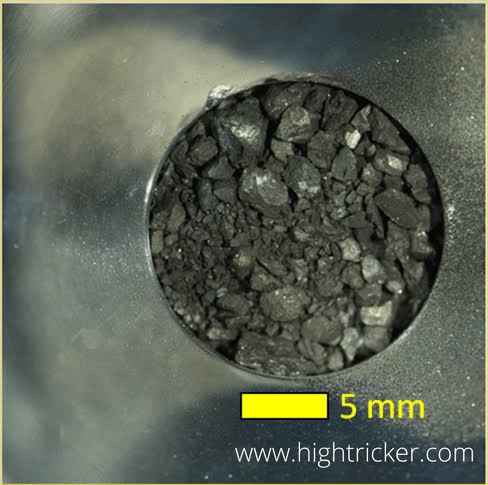"Cradle" material that protects organic matter in Ryugu samples Hayabusa2 brought back
The Japan Aerospace Exploration Agency (JAXA) and others have discovered a substance and structure that seems to have played the role of a "cradle" that protects water and organic matter from being decomposed and changed by heat in the samples brought back from the asteroid Ryugu by the Hayabusa2 spacecraft. Research teams such as the Japan Agency for Marine-Earth Science and Technology (JAMSTEC) made the announcement. There is a theory that water and organic matter on Earth were transported from other celestial bodies, and such structures may be the key to understanding the origin of water and the process from organic matter to life. A paper will be published in the British scientific journal Nature Astronomy on the 16th.
Motoo Ito, chief researcher at the Kochi Core Research Institute of the Ocean Organization of Japan, and others of the research team examined the sample in detail at a level of 1 micrometer (1/1000th of a millimeter) or less using a synchrotron radiation facility that analyzes the internal structure of materials. . As a result, we detected a large number of organic substances containing many hydrocarbons (aliphatic hydrocarbons) in which carbon atoms are chained together. According to the team, similar techniques have never been detected in other meteorites.
In addition, organic matter was intermingled in ``hydrated silicate minerals'' that are widely present in rocks of the earth. This mineral in the sample had a coarse-grained structure that was not easily affected by heat. For this reason, the hydrated silicate minerals can be considered to have played a role like a cradle that protects the water and organic matter from being decomposed and changed by heat when they are transported from other celestial bodies to the earth.
Sea more:
Meanwhile, the research team investigated the composition of "isotopes" of the same element with different mass numbers in hydrogen and nitrogen. As a result, the composition of hydrogen and nitrogen on Ryugu was found to contain more heavy isotopes than those on Earth. Previous studies have shown that materials in regions far from the center of the solar system tend to be rich in heavy isotopes of hydrogen and nitrogen. It has been suggested that Ryugu may have formed in the outer solar system, but the results of this analysis provide direct evidence.
Water-containing minerals and organic substances such as amino acids have been found in carbonaceous meteorites, a type of meteorite found on Earth. The home of these carbonaceous meteorites is asteroids such as Ryugu. While the Earth lost information about its birth due to heat and other factors, Ryugu is less affected by heat and still retains organic matter and hydrous minerals from the time the solar system was formed about 4.6 billion years ago.

0 Comments